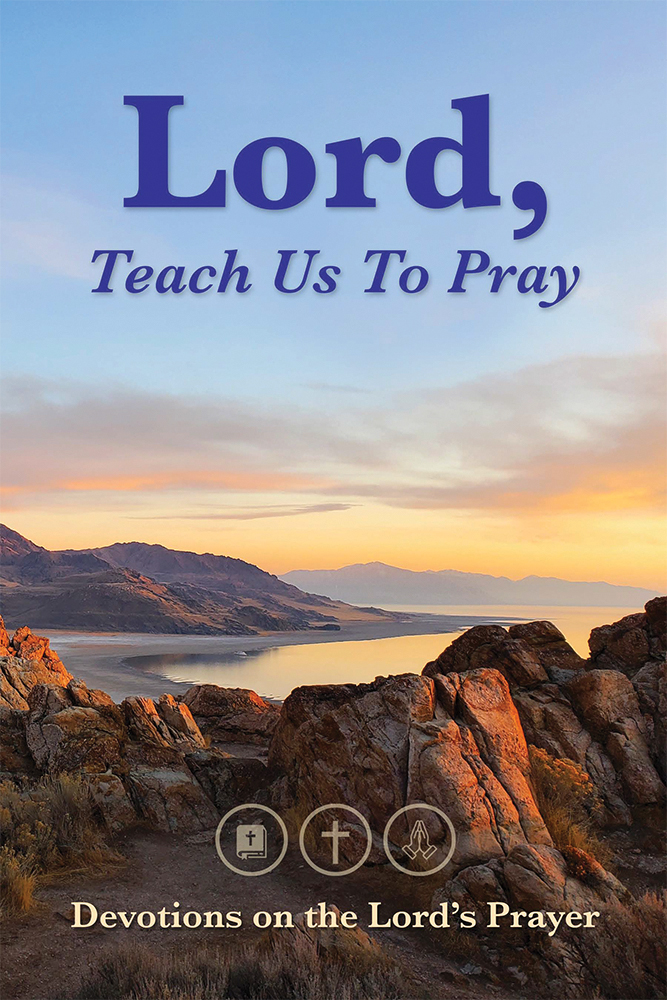
In a previous issue of Teach the Word we emphasized that the purpose of a Bible study is not simply to make spiritual smarty-pants out of God’s people so they can answer all the questions in Bible Trivial Pursuit. But since our students must first know God’s Word before they will be empowered to act, we will want to teach with clarity and with purpose. Our confirmation instruction training can be put to good use here. We were taught that every lesson should have an “aim” that is stated clearly after the introduction. The aim is your target. Once you’ve established this target, you’ll be less likely to make your students run all over the field trying to catch your arrows, because all the components of your lesson will drive toward the stated goal or aim1.
While there are a variety of ways you might approach the development of the aim, the following method can work well: To help clarify your lesson objective, you could fill in these blanks when preparing a lesson: “By the end of this lesson I want the participants to KNOW _______________, to FEEL _______________, and to DO _______________.”
For a lesson on Romans chapter 6, you could fill in the blanks like this: “I want the participants to KNOW the importance of their baptism, to (FEEL) rejoice that they are baptized, and to (DO) adopt at least one practice that will help them remember their baptism daily.”
I would especially encourage you to spend some time thinking about the last blank (the “DO”). It’s usually pretty easy to figure out what we want the participants to know in a lesson, but what do you want your class to do with that knowledge? If you can answer that question and give your students the opportunity to put into practice what they have learned, your students will see how Bible study really does equip them for life here and hereafter!
1 Rick and Shera Melick, Teaching That Transforms (Nashville: B&H Academic, 2010), 209.

